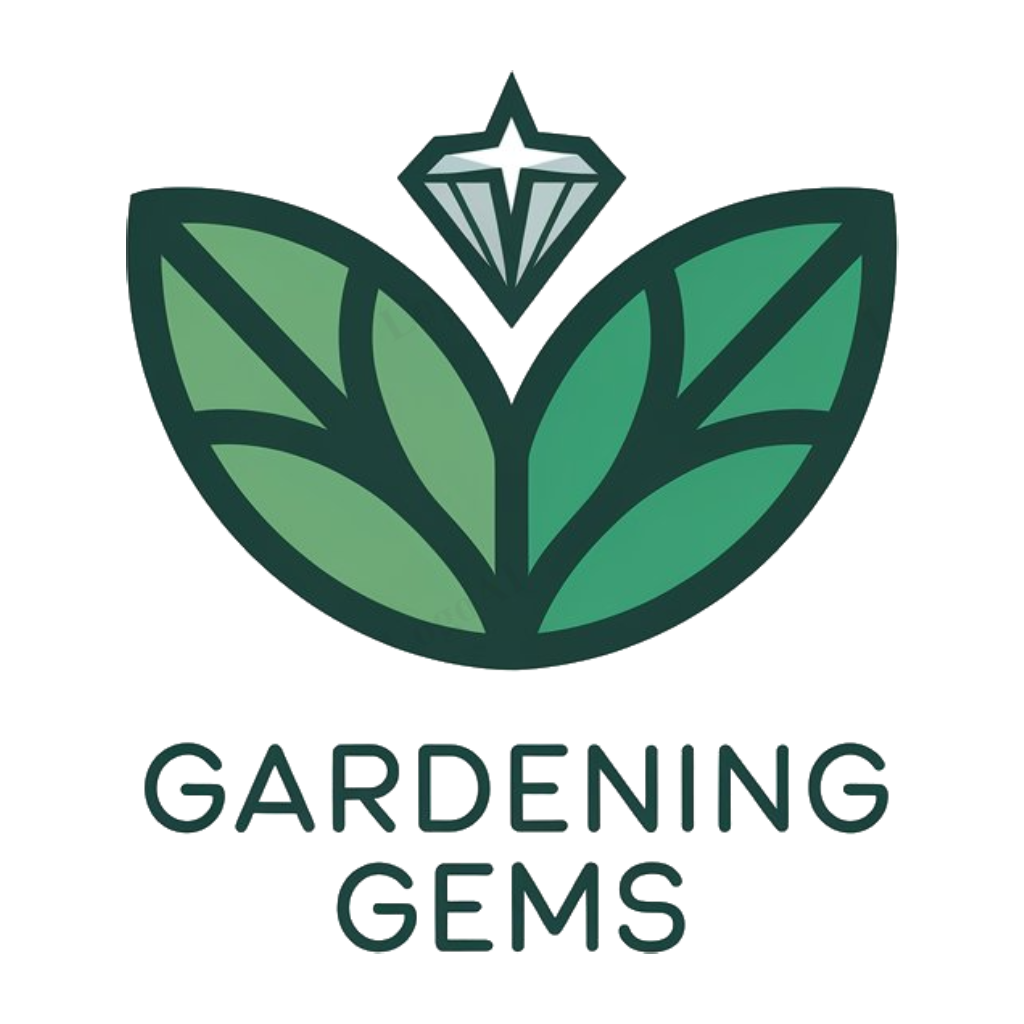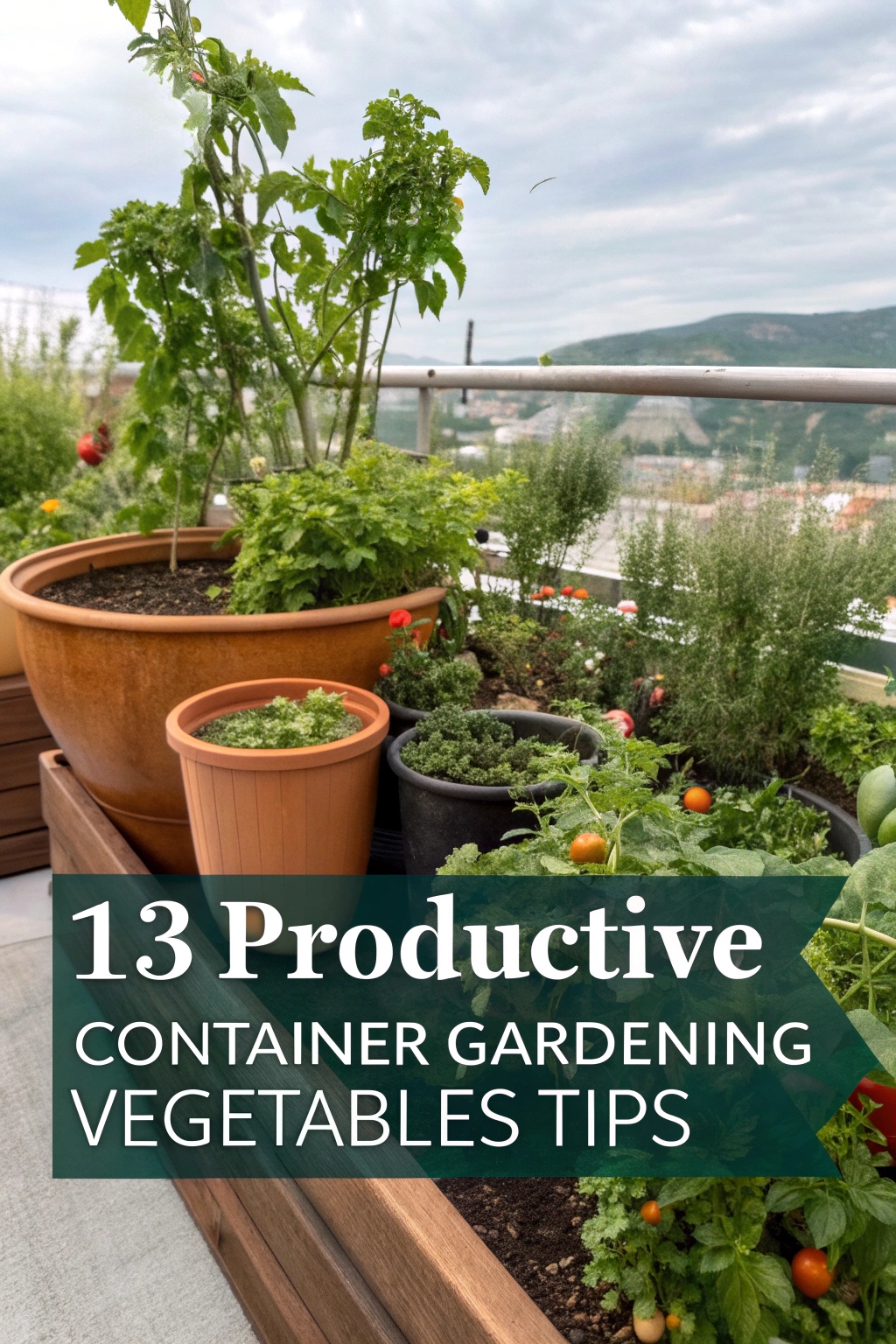Starting a container gardening journey can be super exciting! You’ll begin by picking special compact varieties that are perfect for small containers and balconies. These varieties are designed to grow strong and healthy in tiny spaces, giving you a great start.
To guarantee a successful harvest, you’ll need to consider a few more things, like using containers with good drainage and a well-balanced potting mix. This will help your plants grow big and strong, and give you a bountiful harvest. By following these simple steps, you’ll be on your way to growing your favorite vegetables in no time!
Choosing the Right Container Size
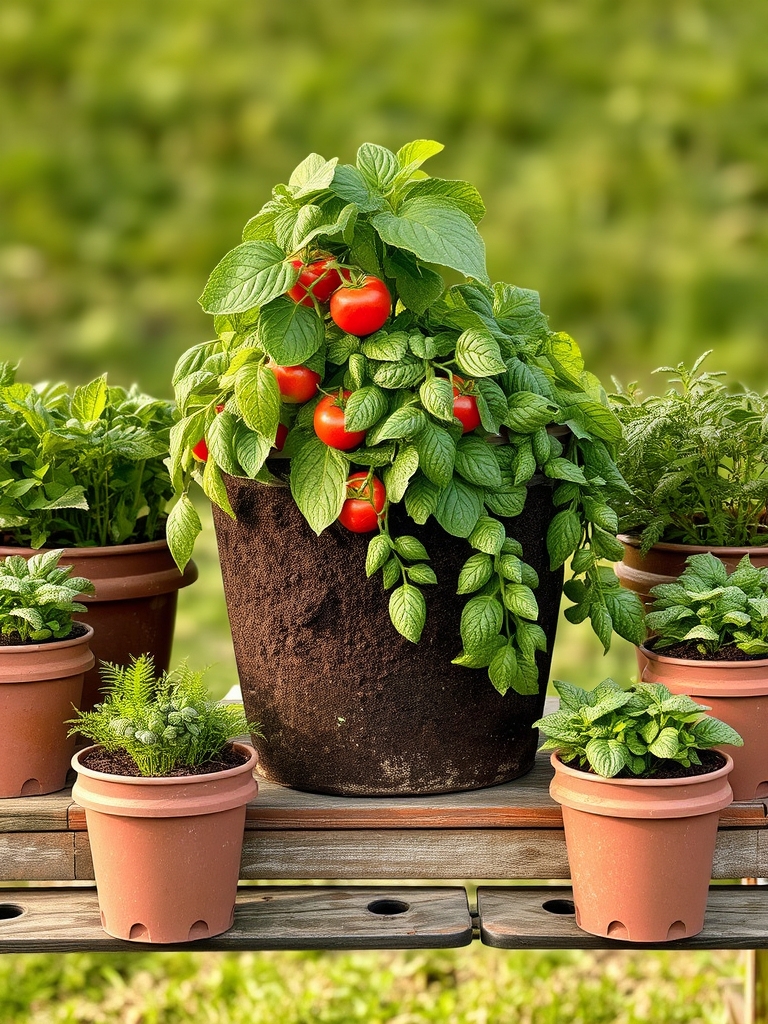
When choosing the right container size for vegetable gardening, consider the mature size of the plant and its root depth. Larger containers retain moisture and nutrients better, while smaller ones dry out faster. Guarantee the container is at least 5-7 gallons for vining plants like tomatoes and cucumbers, and 3-5 gallons for compact varieties like lettuce and herbs.
Selecting the Best Vegetables for Containers
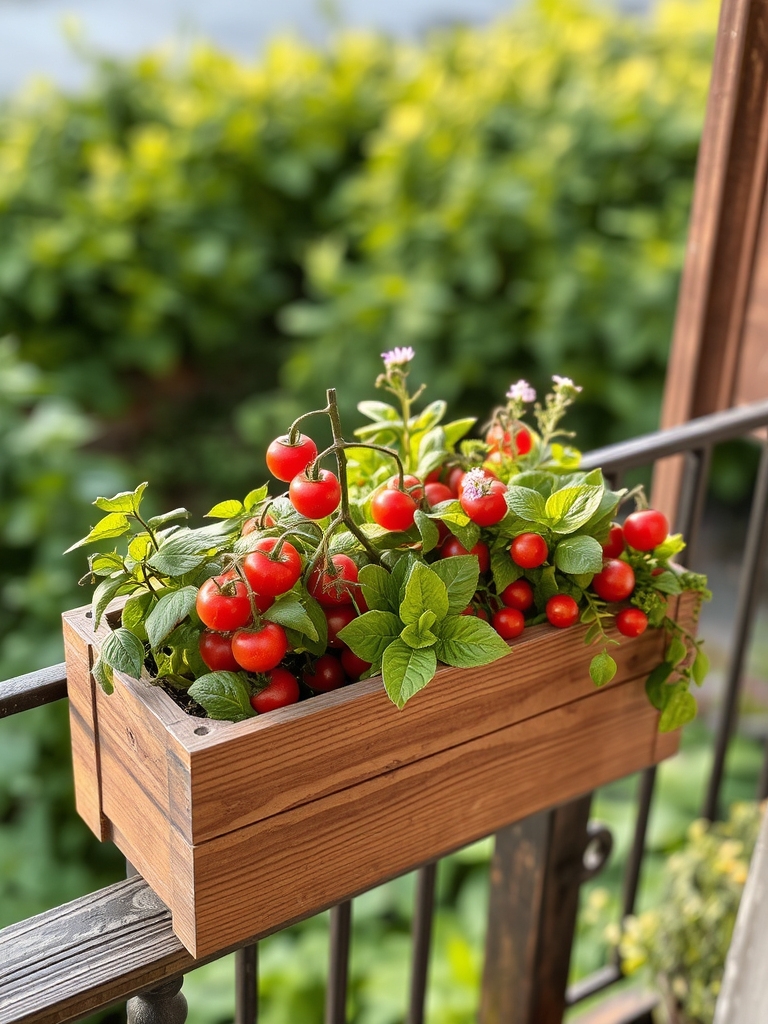
Choosing the right vegetables is essential for successful container gardening. Opt for compact or dwarf varieties that are specifically bred for containers, such as cherry tomatoes, leaf lettuce, and herbs. These varieties are more productive and require less space, making them ideal for small containers and balconies with limited room.
Preparing the Perfect Potting Mix
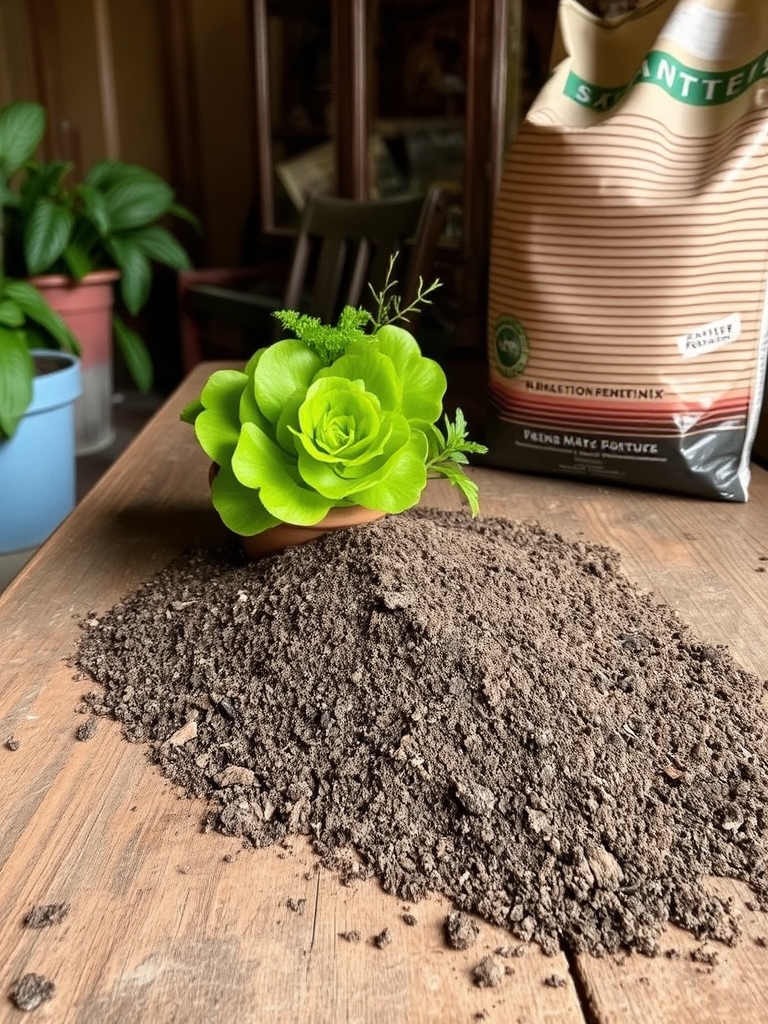
Preparing the perfect potting mix is essential for container gardening vegetables. A well-balanced mix should contain a combination of peat moss, vermiculite, and perlite to retain moisture, provide drainage, and support healthy root growth. Avoid using garden soil, as it can compact and prevent proper drainage, and instead opt for a high-quality potting mix specifically designed for containers.
Understanding Container Gardening Basics
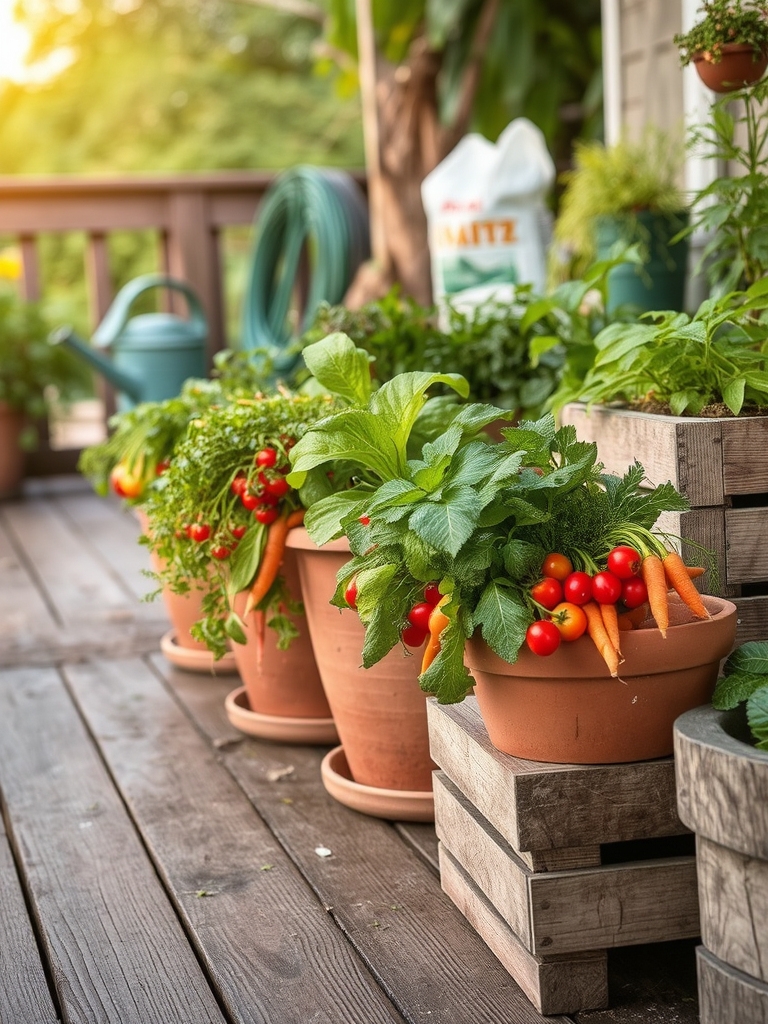
Understanding container gardening basics involves knowing the essentials of growing plants in containers, including choosing the right containers, soil, and vegetables. It requires considering factors like drainage, sunlight, and watering systems to create a thriving environment for vegetables to grow. This foundation is vital for a successful container garden.
Creating a Sunny Container Garden
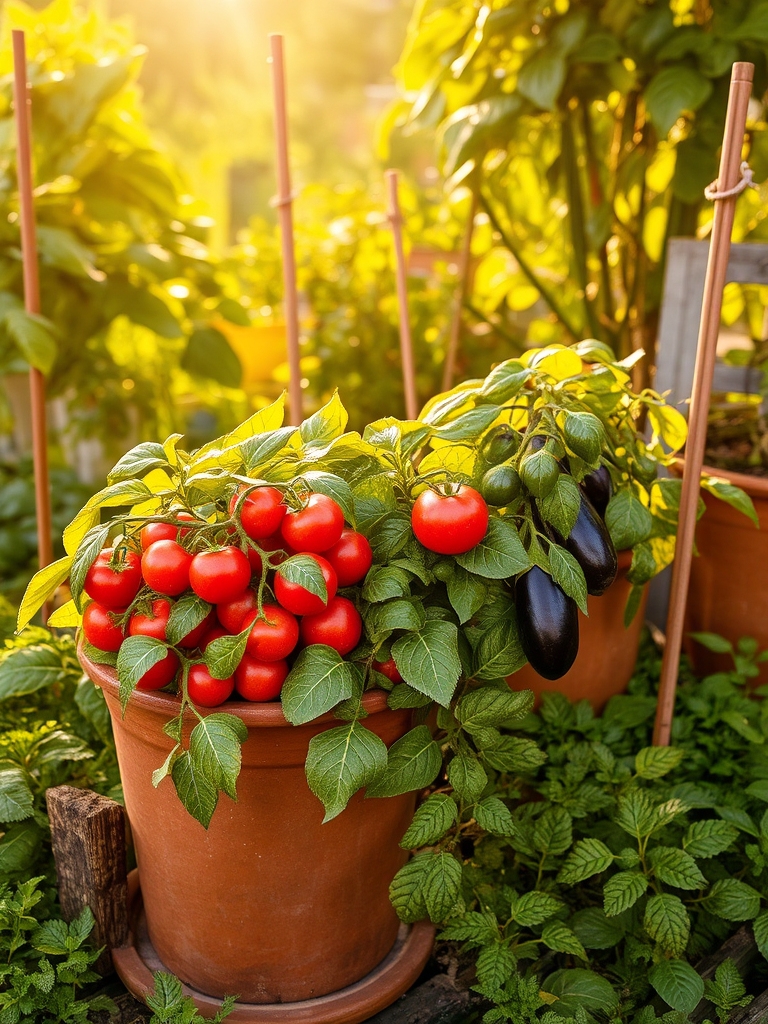
Most vegetables require at least 6 hours of direct sunlight per day. When creating a sunny container garden, choose a location with full sun and use containers with good drainage to prevent waterlogged soil. Select vegetables that thrive in sunny conditions, such as tomatoes, peppers, and eggplants, for a bountiful harvest.
Fertilizing for Optimal Growth
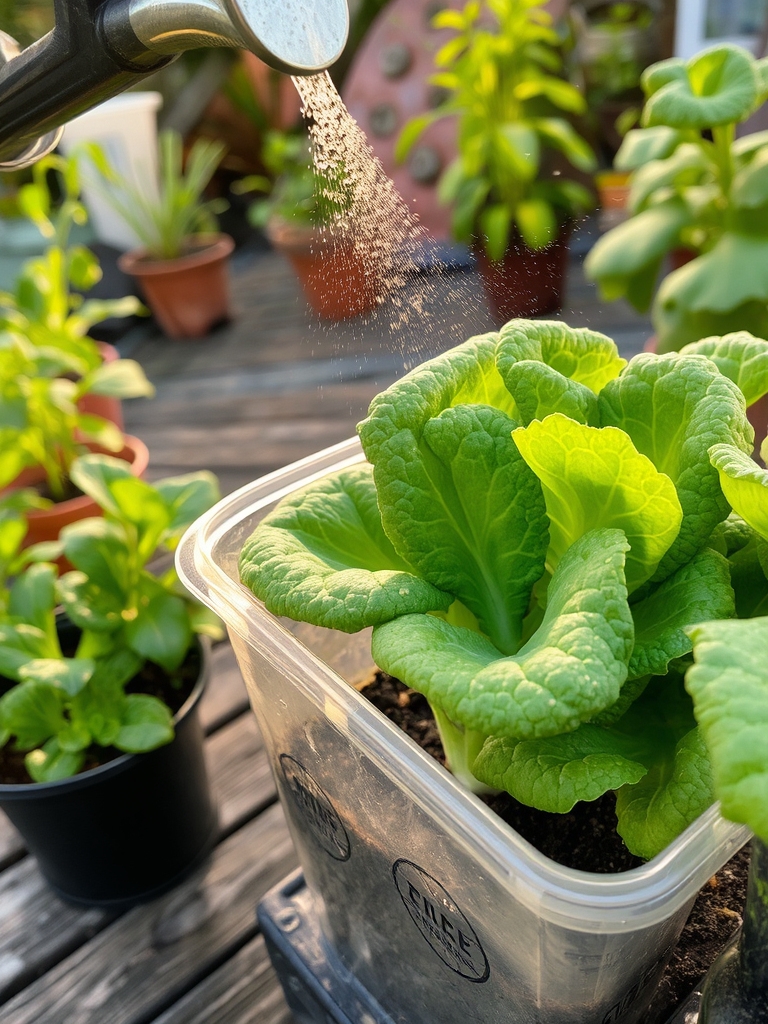
Fertilizing is vital for container gardening vegetables. Use a balanced, water-soluble fertilizer to promote healthy growth. Dilute the fertilizer to half the recommended strength to avoid burning the roots. Apply fertilizer regularly, ideally once a week, to guarantee maximum nutrient uptake and vigorous plant development.
Common Container Gardening Mistakes
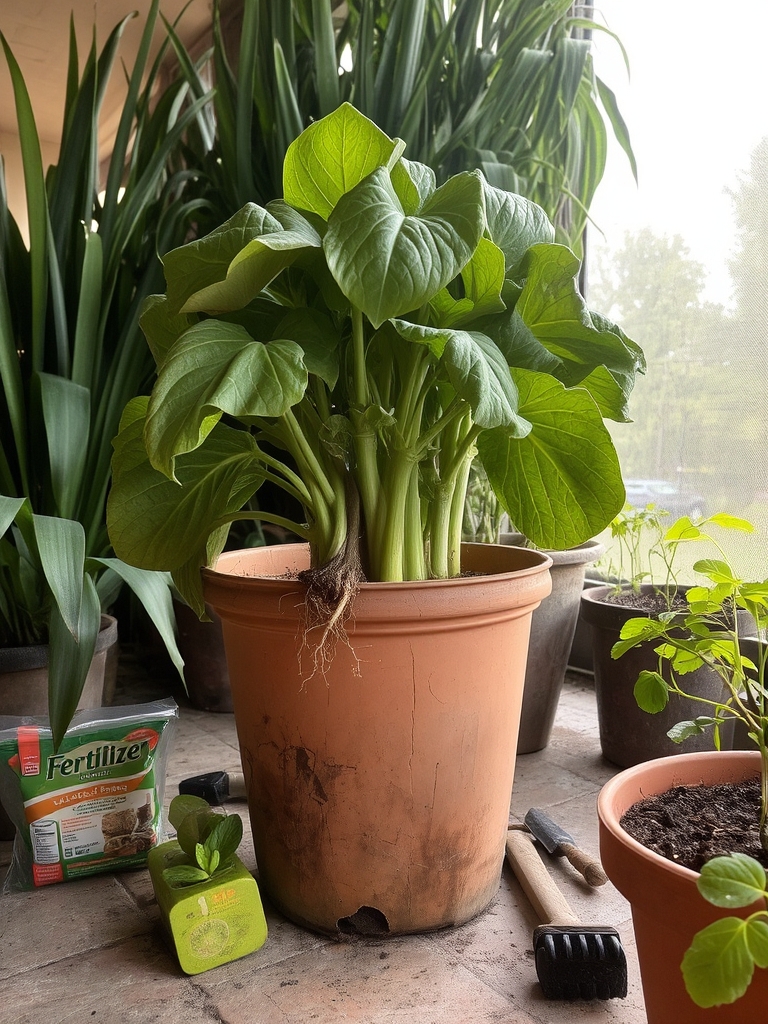
Common mistakes in container gardening include overwatering, using inadequate soil, and providing insufficient sunlight or support for plants. Inadequate drainage and fertilization can also hinder plant growth. Additionally, choosing varieties that are too large for containers or failing to prune and train plants can lead to disappointing results and reduced yields. Proper planning and attention can mitigate these issues.
Maximizing Space in Small Containers
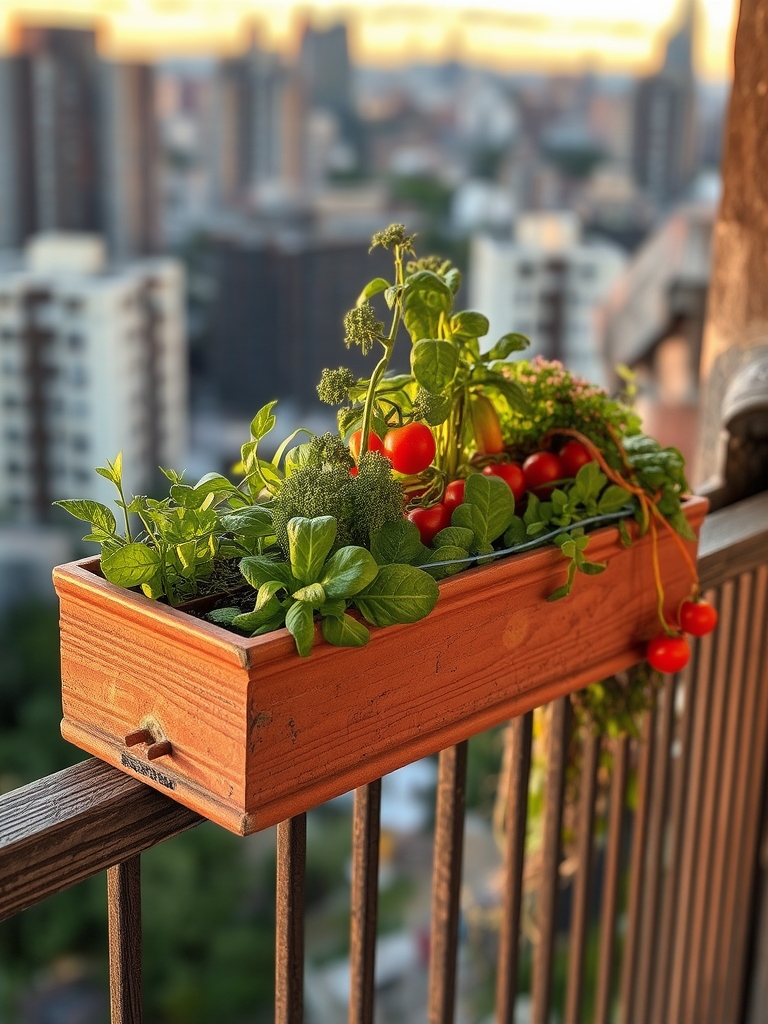
To maximize space in small containers, use compact or dwarf varieties of vegetables, and implement vertical gardening techniques, such as trellises or tiered planters, to increase yield and make the most of limited space, allowing for a diverse and thriving vegetable garden in even the smallest areas.
Growing Leafy Greens in Containers
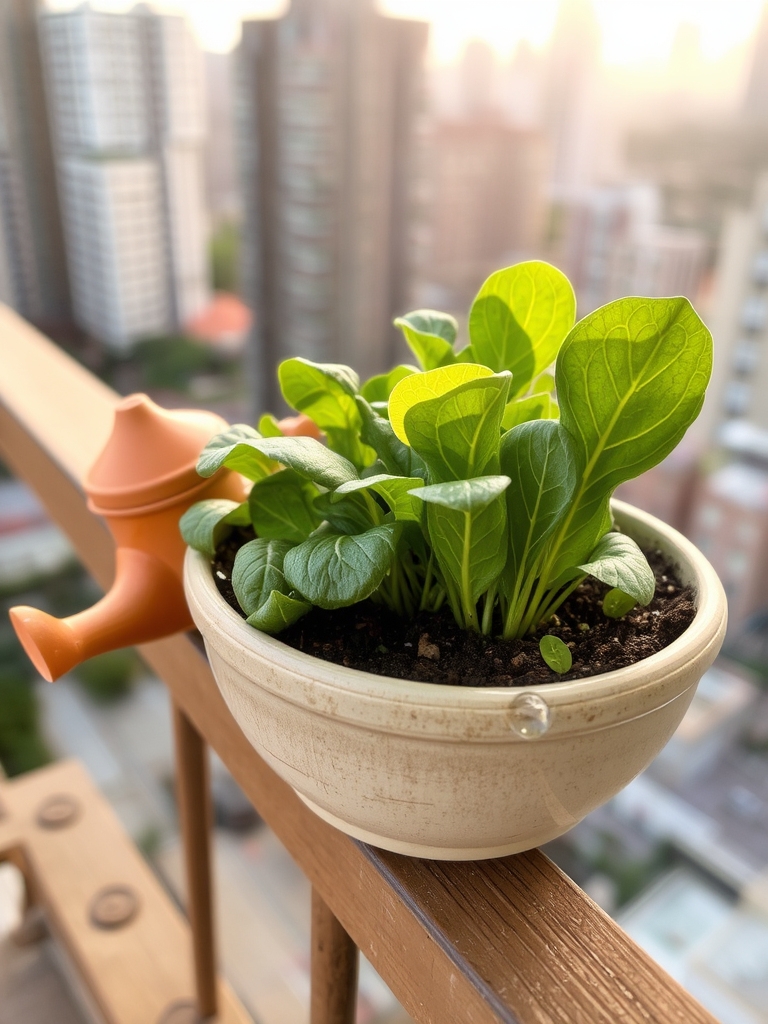
Growing leafy greens in containers is ideal for small spaces. Lettuce, kale, and spinach thrive in shallow containers with good drainage. Use a well-draining potting mix and fertilize regularly. Keep the soil consistently moist, but not waterlogged. Partial shade and temperatures between 60-70°F promote healthy growth and prevent bolting. Harvest leaves regularly to encourage continuous production.
Root Vegetables for Container Gardens
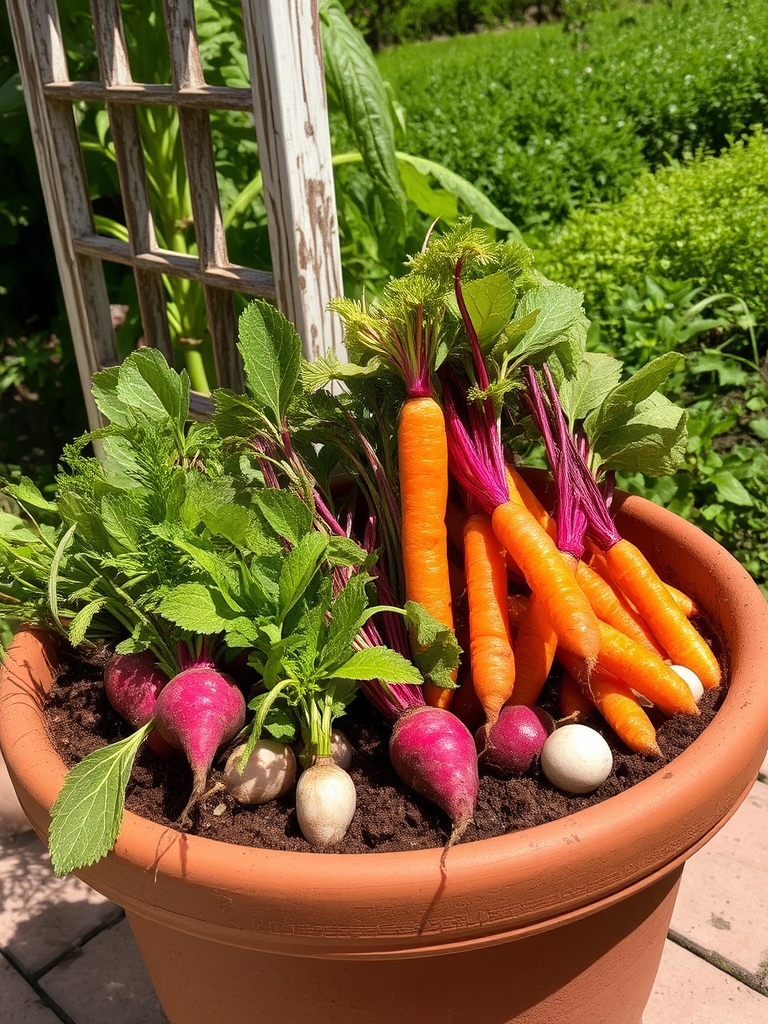
Root vegetables like carrots, beets, and radishes can thrive in containers. Choose deep pots with good drainage to accommodate their growth. Loose, well-draining soil and adequate sunlight are essential for healthy root development. Regular watering and fertilization will also promote robust growth and flavor in these underground containers.
Managing Pests and Diseases in Containers
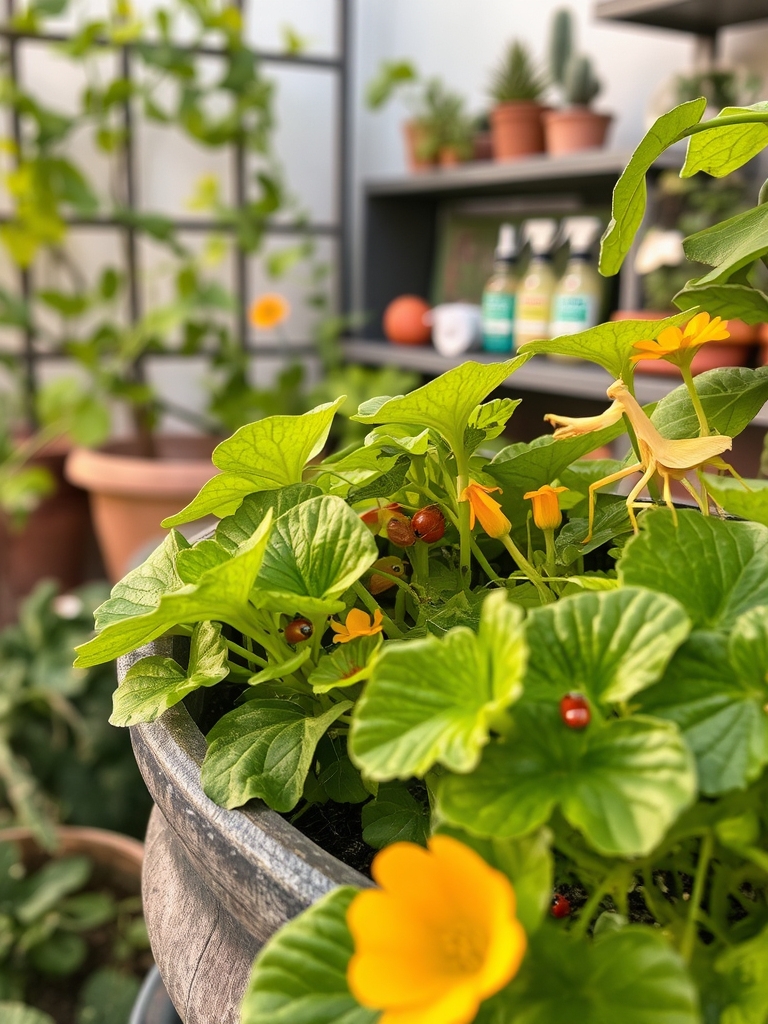
Managing pests and diseases in container gardens requires vigilance and prompt action. Regularly inspect plants for signs of trouble, and use organic or integrated pest management methods to address issues. Isolate infected plants, improve air circulation, and maintain good hygiene to prevent the spread of disease and pests, ensuring a healthy and thriving container garden.
Extending the Growing Season

Extending the growing season in container gardens involves using techniques like starting seeds indoors, employing cold frames or row covers, and selecting varieties with shorter maturation periods. This allows for earlier planting and later harvesting, maximizing the time for vegetables to grow and thrive in containers despite unfavorable outdoor conditions.
Harvesting and Maintaining Container Vegetables

Harvesting and maintaining container vegetables requires regular monitoring of plant health, soil moisture, and nutrient levels. Check plants daily for signs of pests, diseases, or nutrient deficiencies. Harvest vegetables at ideal sizes to encourage continuous production and prevent over-ripening, ensuring a bountiful and healthy container garden yield.
Conclusion
You’ve navigated the container gardening landscape, and now your garden’s a well-oiled machine. With regular harvesting, it’s a snowball rolling downhill, gaining momentum and producing a bountiful harvest. By following these tips, you’ll optimize your container garden’s performance, troubleshooting issues with ease, and extending the growing season with technical precision.
